The desire to have more attractive lips generates billions of dollars for companies, such as those that sell lipstick. Fuller lips are generally regarded as attractive and youthful. The most common concern I hear from people interested in lip volume enhancement is the fear of looking like a duck. They frequently tell me about how they or someone they know got a specific product into their lips and looked “crazy,” which prompts the next question: “what brand do you use”, or, “what’s the best lip filler?” I’ll talk about the products I use in my practice, and why asking “what’s the best lip filler” is a bad idea.
Throughout my career, I have used a variety of non-surgical, and surgical lip enhancement procedures. This includes the original collagen injections, such as Zyplast and Zydern, as well as surgical implantation of fat tissue harvested during facelift surgery, known as the SMAS, and commercially processed human tissue. That all changed in the mid-2000s, when hyaluronic acid fillers were introduced in the United States.
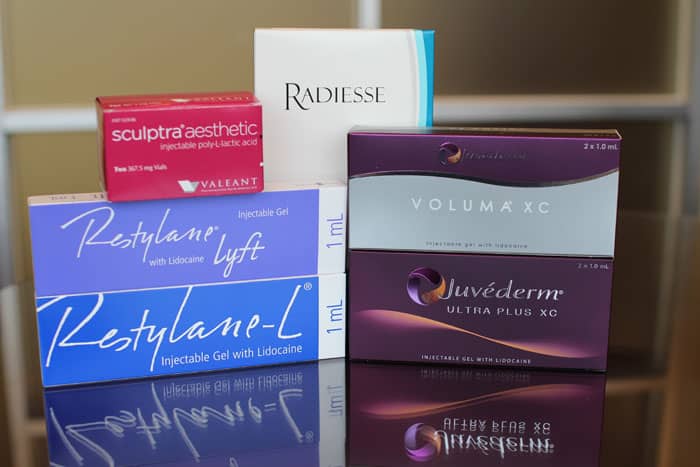
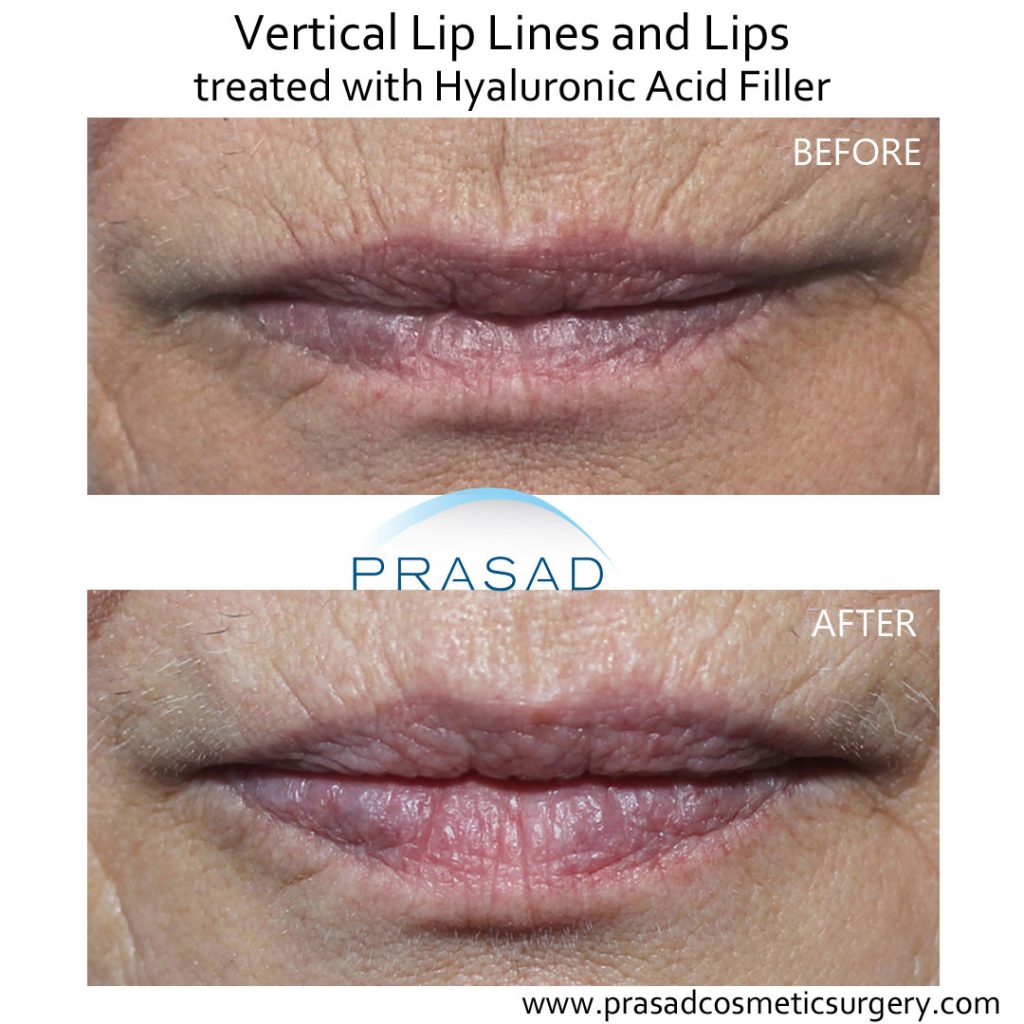
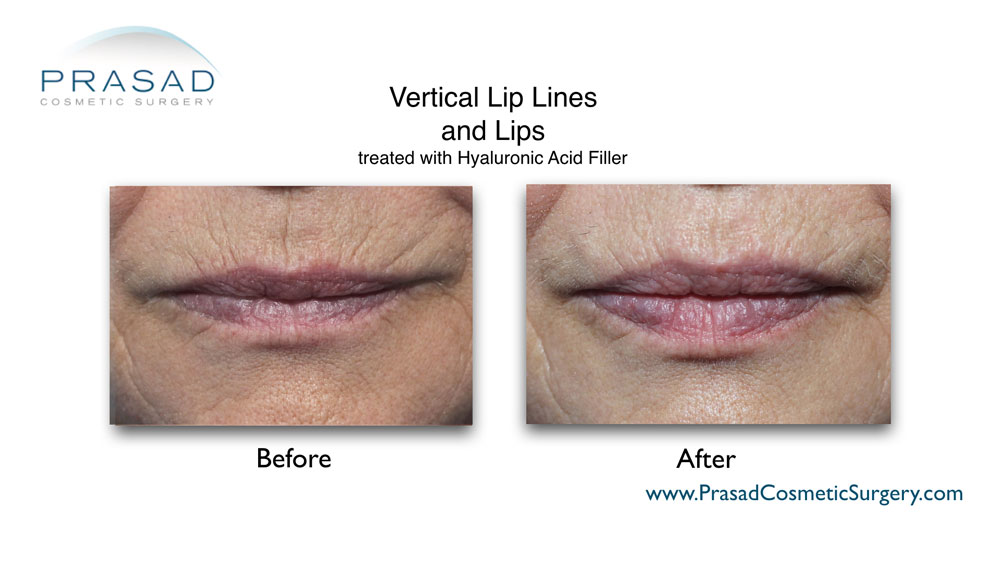
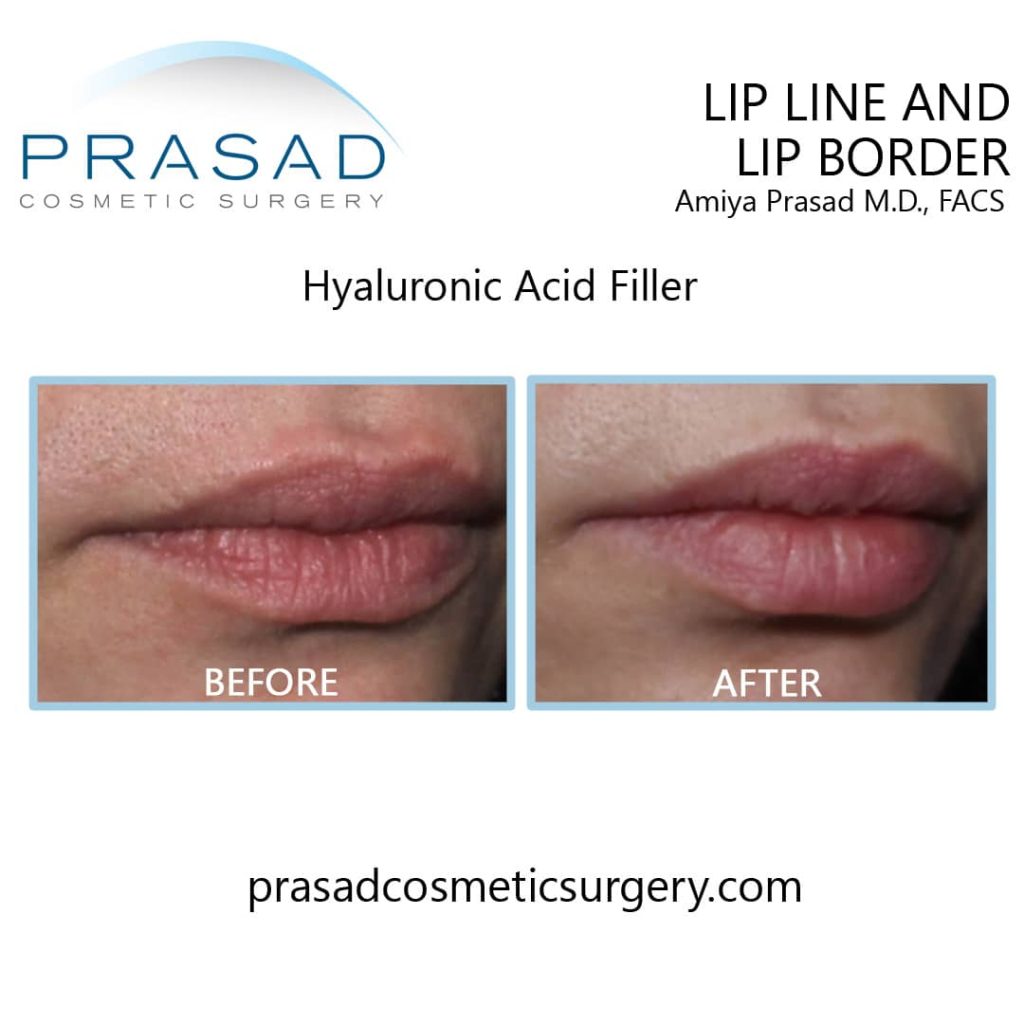
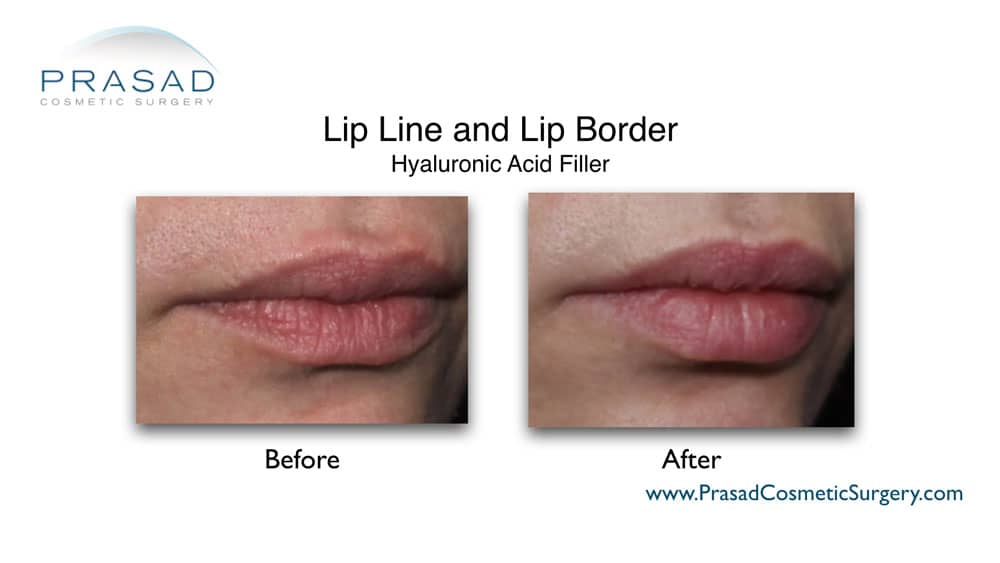
Which Filler is Best for Lip Volume?

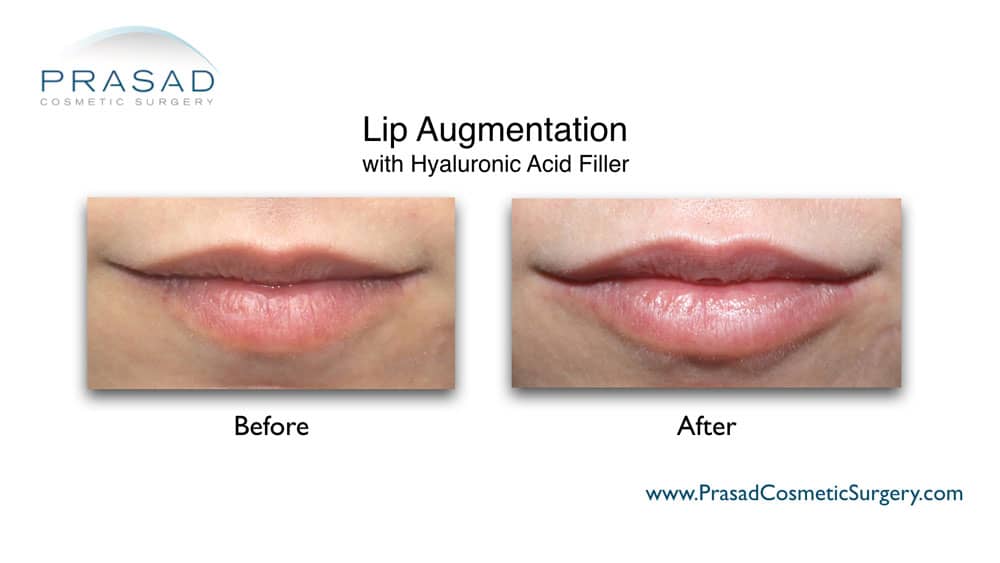
Since the physical properties of softer fillers allow for frequent natural movement, such as talking, kissing, and smiling, these less viscous fillers are preferred for the lips. The softer and less viscous the filler, the better it adapts to constant facial movement, but it does not last as long. To reduce the risk of complications, I approach non-surgical treatments such as injectable fillers in the same way that I do surgery. You may not have considered it, but once the skin barrier is breached, the treatment becomes invasive and thus subject to many of the same potential complications as surgery.
Lip enhancement begins with planning,and a shared vision of the desired outcome between the patient and the doctor. My style is to create balance with the other facial features so the lips look better, but do not appear to be out of place with the rest of the face. It’s worth noting that a growing number of men are coming in and recognizing that subtle lip volume correction can appear natural, and look masculine during an overall facial evaluation.

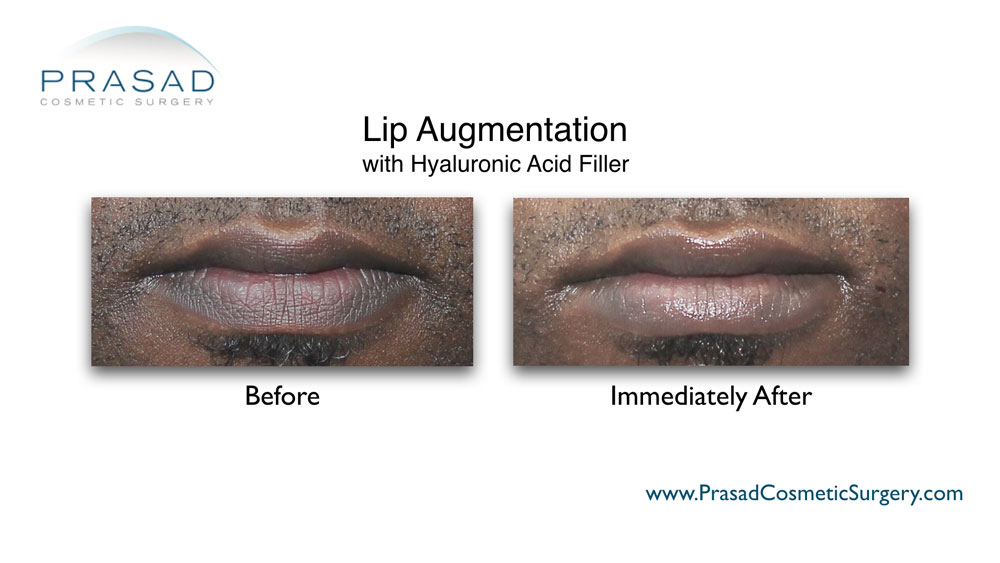
Social media platforms, which are driven by attention, and in particular shock to generate more attention, have created a new aesthetic that some people find appealing, but I’m not one of them. Too many young people with naturally full lips show signs of being injected and appearing exaggerated.
A patient may inquire as to why a celebrity who can afford “the best” doctor has such large and artificial-looking lips. I explain that this is primarily due to the celebrity and their doctor having the same exaggerated aesthetic ideal. Other people’s lips appear large and overdone as a result of a combination of choices: a complication is the doctor’s choice of material, and choosing a low-cost medical provider who rushes to make up for money lost in discounting. That’s especially terrifying, and it is often true in this situation that what you pay for is what you get.
I’ve always believed that each face has a distinct personality that should be preserved when any aesthetic procedure is performed. There is a distinction to be made between enhancing or accentuating, versus exaggerating, which is why selecting a doctor is based on expertise, and artistic style. I also believe in the value of communication abilities and empathy.
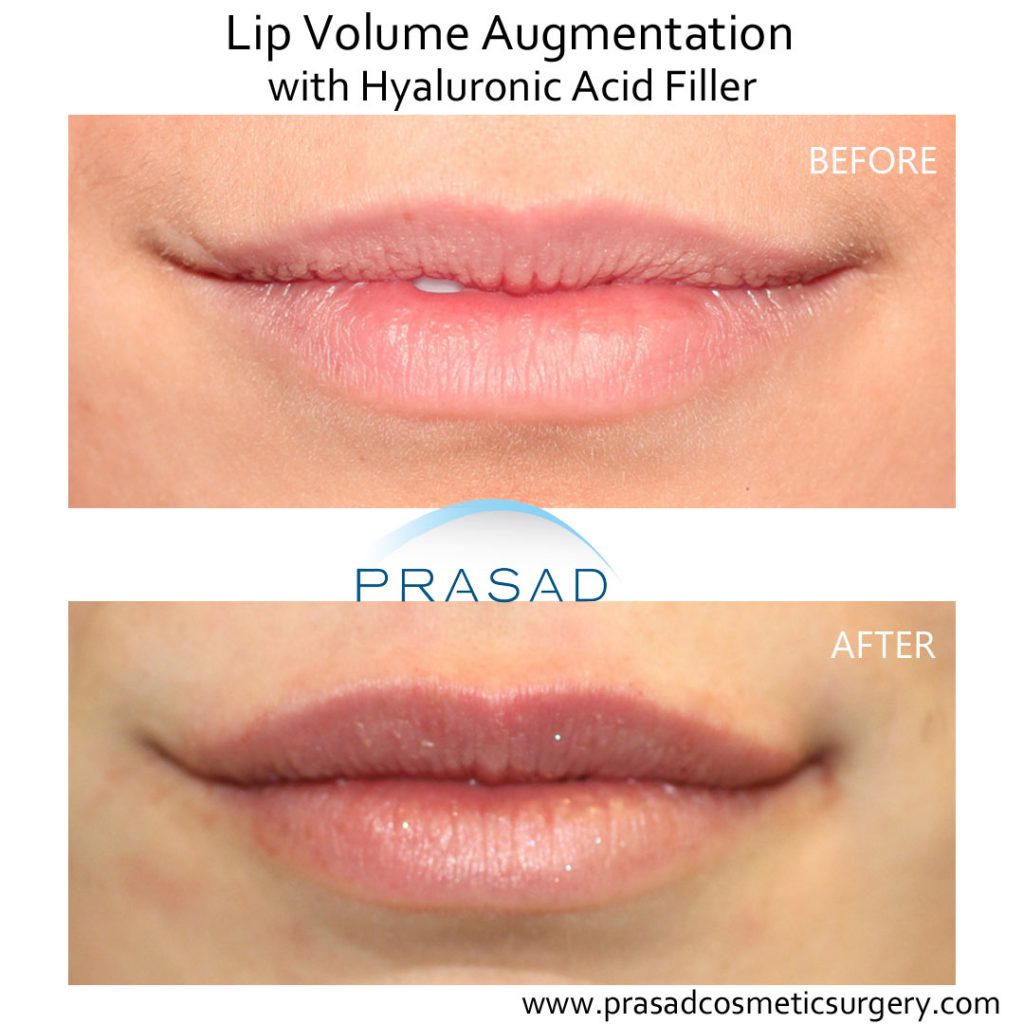
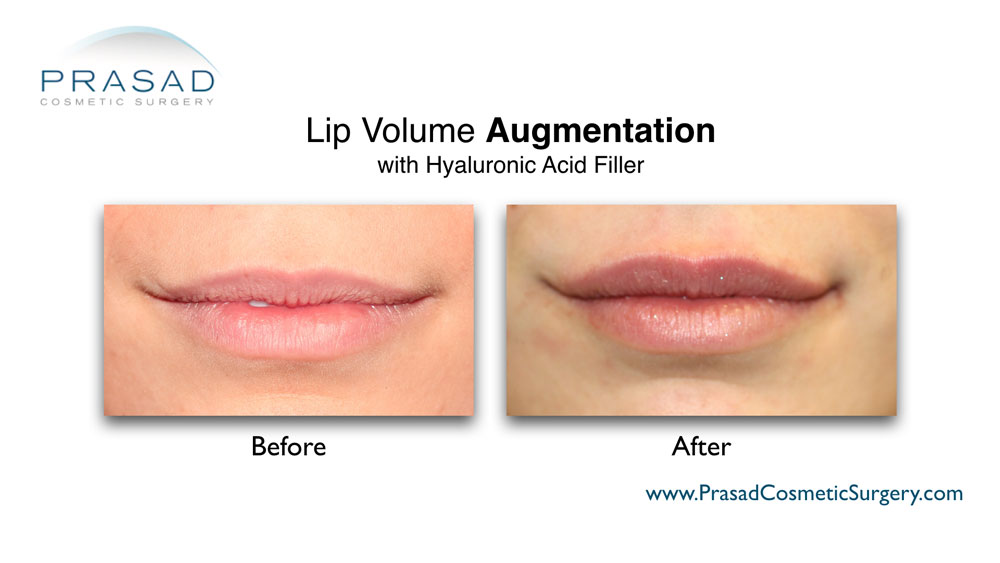
As an artist, I frequently use the golden ratio, which is a 1 to 1.6 proportion found in nature in many beautiful ways. Regardless of the golden ratio, I tailor to different ethnic features, and my interpretation of optimal balance. Since many patients prefer a “less is more” approach, I use a small amount of filler for subtle enhancement.
When applying lip filler, I use cannulas instead of sharp needles, and my goal is to minimize the number of times the skin is “poked” to reduce bruising and swelling, so that my patients can go about their business. In contrast, celebrity doctors on TV and social media are perceived as “experts,” but inject filler into the lips multiple times. Every needle entry point through the lips results in a possible bruise or lump that necessitates additional recovery time or even dissolving the filler and redoing the procedure.
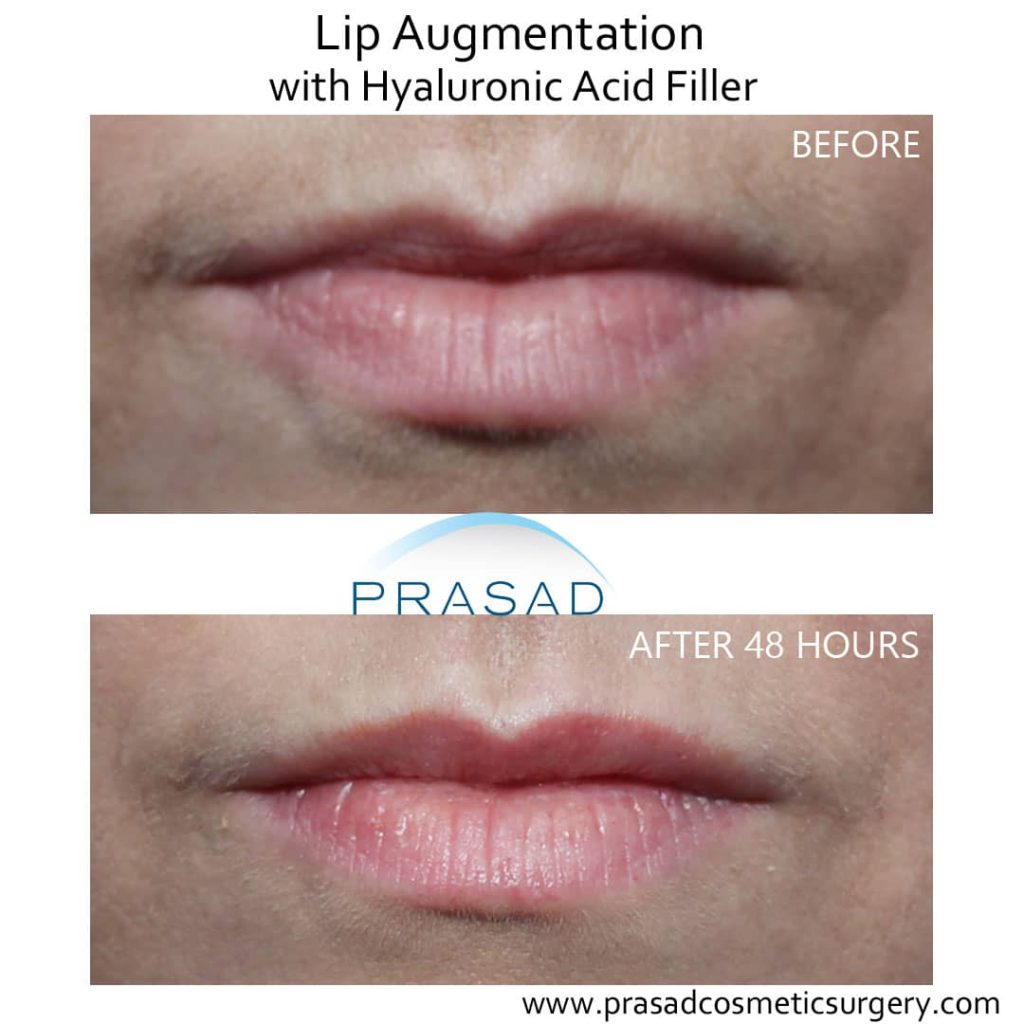
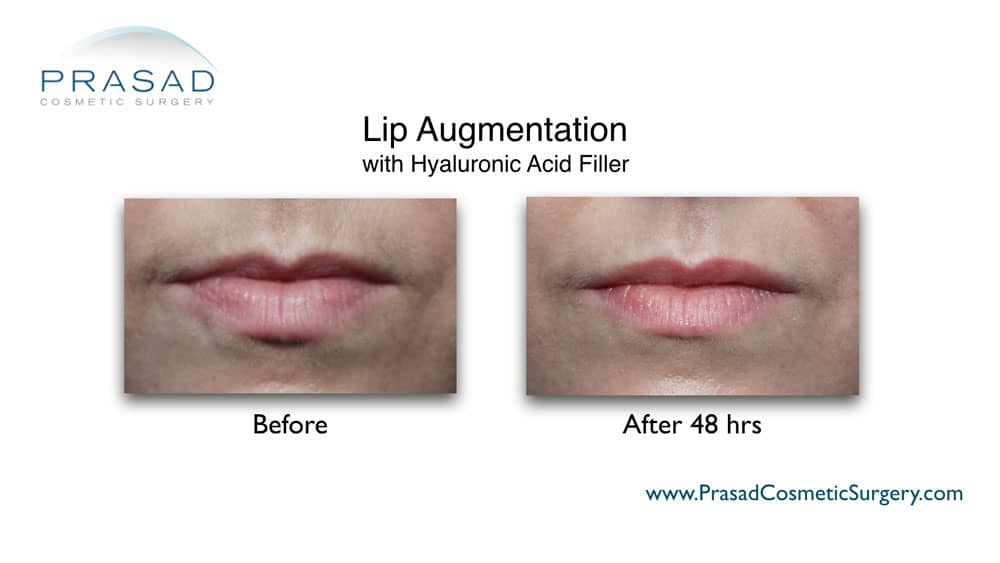
In terms of follow-up, I routinely see my patients every two weeks to determine if additional volume would be beneficial. I believe it is preferable to add later if needed, rather than overfill and have to dissolve. In contrast to transaction-driven medical retailers, my patients and I have long-term relationships. I’m their primary care physician, and I help them determine whether the latest injectable or device they’ve heard about is potentially beneficial for them.
Conclusion
Lip fillers’ popularity can lead to a false equivalence between the highest-level physician, and the “injector” with a social media account. The take home message is to be aware of the commercial goals of filler companies, as well as the goals of low-quality medical retailers. Successful people all over the world never pay more than necessary for anything. When it comes to achieving their goals, successful people seek out experts whose time and attention ensure they have a better chance of success.
A doctor who is highly qualified and experienced can help you look your best while minimizing the risk of serious complications. Complications can happen at any time. Filler complications necessitate prompt and competent management by a specialist. If you’re on a plane, you’d want the most skilled and experienced pilot possible because a split-second decision in a potentially disastrous event can have a huge impact on you, and those who care about you.
